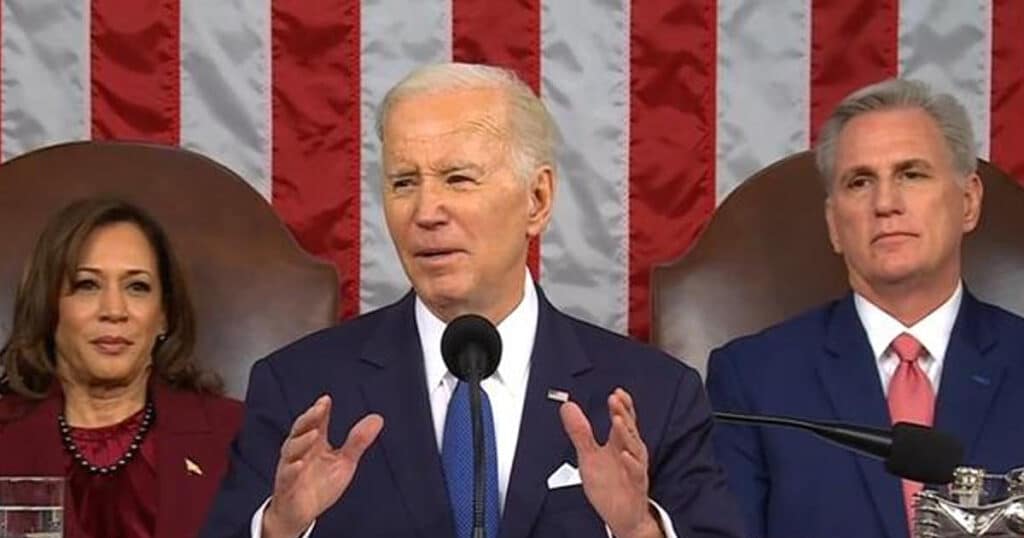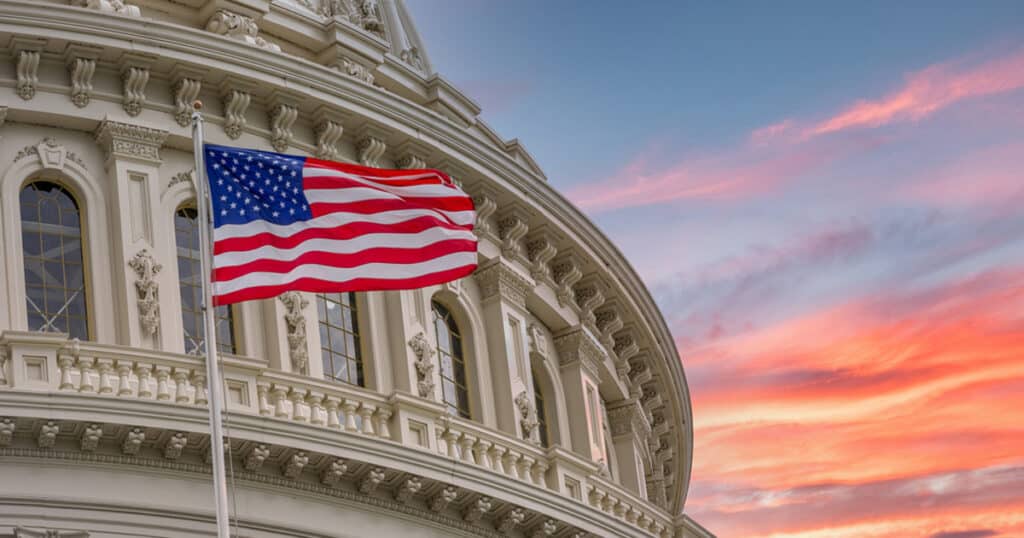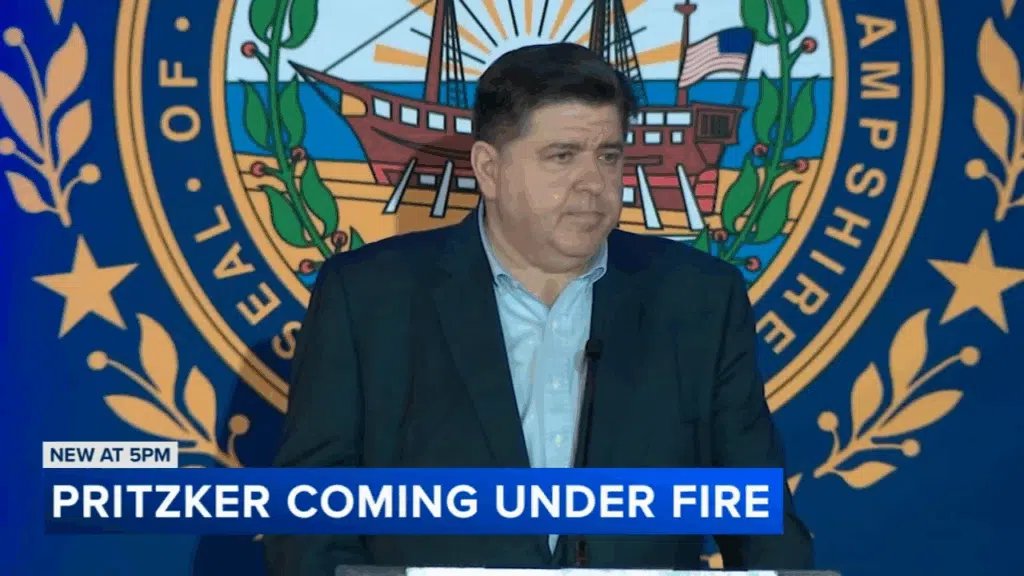
The Disinformation-Industrial Complex vs. Domestic Terror
Combating disinformation has been elevated to a national security imperative under the Biden administration, as codified in its first-of-its-kind National Strategy for Countering Domestic Terrorism, published in June 2021.
That document calls for confronting long-term contributors to domestic terrorism. In connection therewith, it cites as a key priority “addressing the extreme polarization, fueled by a crisis of disinformation and misinformation often channeled through social media platforms, which can tear Americans apart and lead some to violence.”
Main Article: The Problematic Rise of Media Literacy Education RCI
Media literacy specifically is seen as integral to this effort. The strategy adds that: “the Department of Homeland Security and others are either currently funding and implementing or planning evidence–based digital programming, including enhancing media literacy and critical thinking skills, as a mechanism for strengthening user resilience to disinformation and misinformation online for domestic audiences.”
Previously, the Senate Intelligence Committee suggested, in its report on “Russian Active Measures Campaigns and Interference in the 2016 Election” that a “public initiative—propelled by Federal funding but led in large part by state and local education institutions—focused on building media literacy from an early age would help build long-term resilience to foreign manipulation of our democracy.”
In June 2022, Democrat Senator Amy Klobuchar introduced the Digital Citizenship and Media Literacy Act, which – citing the Senate Intelligence Committee’s report – would fund a media literacy grant program for state and local education agencies, among other entities.
NAMLE and Media Literacy Now, both recipients of State Department largesse, endorsed the bill.
Acknowledging explicitly the link between this federal counter-disinformation push, and the media literacy education push, Media Literacy Now wrote in its latest annual report that …
… the federal government is paying greater attention to the national security consequences of media illiteracy. The Department of Homeland Security is offering grants to organizations to improve media literacy education in communities across the country. Meanwhile, the Department of Defense is incorporating media literacy into standard troop training, and the State Department is funding media literacy efforts abroad. These trends are important for advocates to be aware of as potential sources of funding as well as for supporting arguments around integrating media literacy into K-12 classrooms.
When presented with notable examples of narratives corporate media promoted around Trump-Russia collusion, and COVID-19, to justify this counter-disinformation campaign, Media Literacy Now president Erin McNeill said: “These examples are disappointing.” The antidote, in her view is, “media literacy education because it helps people not only recognize the bias in their news sources and seek out other sources, but also to demand and support better-quality journalism.” (Emphasis McNeill’s)
This article was originally published by RealClearInvestigations and made available via RealClearWire.



